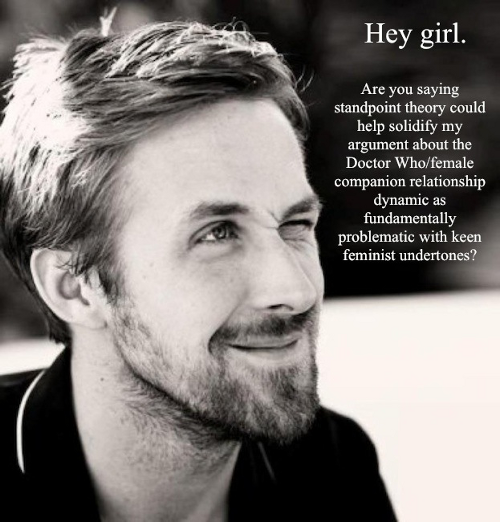
At this most recent CONvergence Con (a sci-fi/fantasy-based convention in Minneapolis, Minn.), I was one of the panelists on two different panels that sought to speak about where and how women can exist in formerly male-dominated genres and spaces.
In The Smurfette Principle in Marketing panel, we tackled the idea that there isn’t often a lot of merchandise available for girls and women because there is often only one woman or girl in a group of men or boys in any given genre show, book, or movie. In the Genre Feminism panel, we spoke about why it was important to increase the visibility of women or girls in a genre show, book, or movie (along with other visible minorities as well) and how people as creators and consumers can promote these ideas.
Specifically to creators, I talked about Geena Davis (whose name I couldn’t remember at the time; apologies, Ms. Davis!) and how back in December 2013, she wrote a guest column for The Hollywood Reporter about how easy it can be for screenwriters to increase the number of roles in film and on TV for women and girls:
Step 1: Go through the projects you’re already working on and change a bunch of the characters’ first names to women’s names. With one stroke you’ve created some colorful unstereotypical female characters that might turn out to be even more interesting now that they’ve had a gender switch. What if the plumber or pilot or construction foreman is a woman? What if the taxi driver or the scheming politician is a woman? What if both police officers that arrive on the scene are women — and it’s not a big deal?
Step 2: When describing a crowd scene, write in the script, “A crowd gathers, which is half female.” That may seem weird, but I promise you, somehow or other on the set that day the crowd will turn out to be 17 percent female otherwise. Maybe first ADs think women don’t gather, I don’t know.
It’s not often that I get to see the fruits of efforts like these so soon after I talk about them, and from a formerly problematic source as well. Continue reading “Trisha’s Take: How to depict female characters in webcomics”